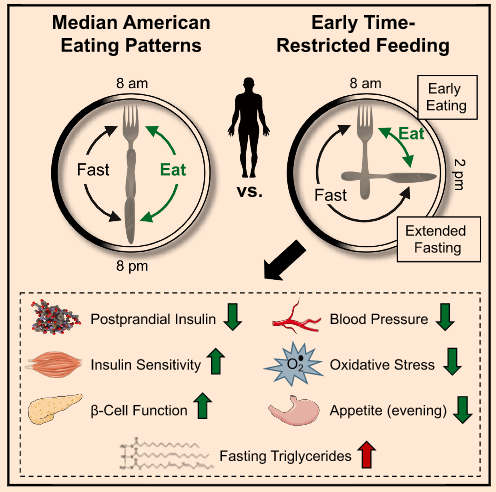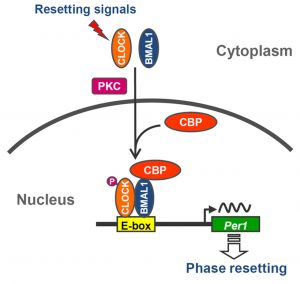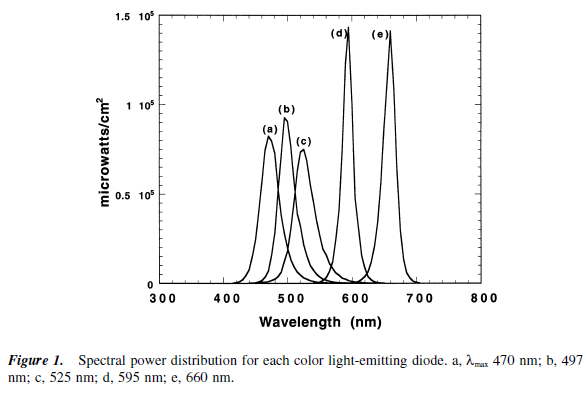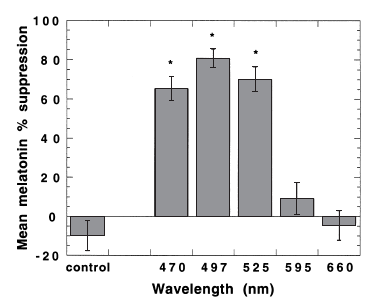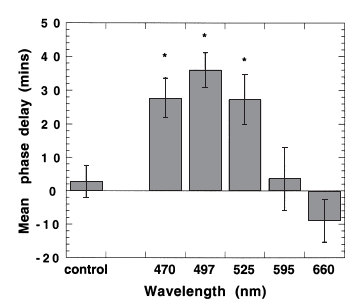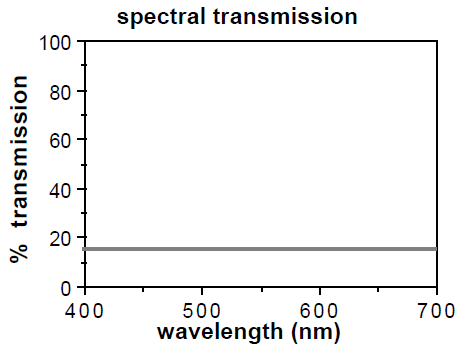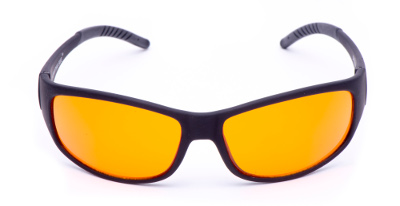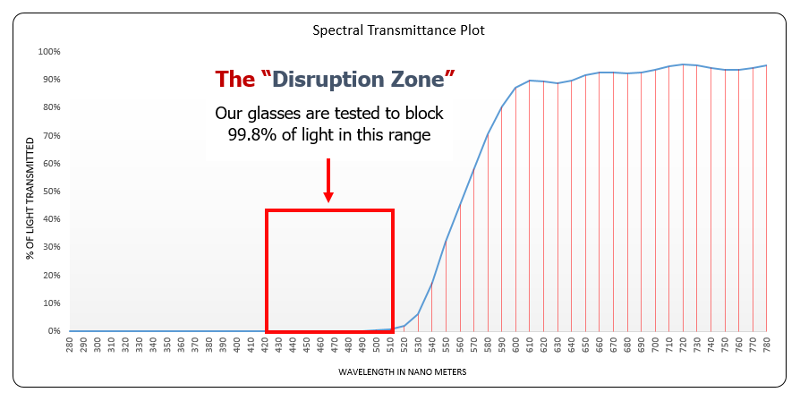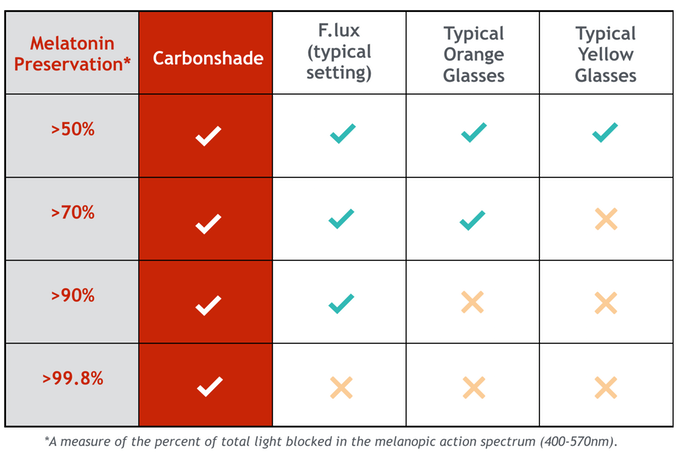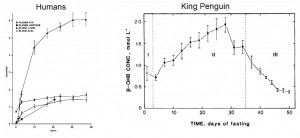I feel exonerated!
Early time-restricted feeding improves insulin sensitivity, blood pressure, and oxidative stress even without weight loss in men with prediabetes (Sutton et al., 2018)
Tl;dr: 8 prediabetic men, 5 week crossover study. When on eTRF, the only rule was basically dinner no later than 3 pm and no snacking thereafter. It was isocaloric because: 1) studies on meal timing and weight loss have been done; and 2) they wanted to test meal timing specifically, not confounded by weight loss.
Also, I think the results are due to meal timing, not fasting duration per se, because of the studies by Jacobs & Hirsh. In brief, they tested meal timing with similar fasting durations and showed people who ate one-meal-a-day all at breakfast lost more weight than people who ate one-meal-a-day all at dinner. First they showed this in an ad lib context and then again in an isocaloric context. Metabolism is gimped at night.
For a discussion of these exciting new data, head over to Patreon! Five bucks a month for access to all articles and there are many other options.
Affiliate links: It’s 2018, join Binance and get some damn cryptoassets or download Honeyminer and get some Bitcoins for free!
Still looking for a pair of hot blue blockers? Carbonshade and TrueDark are offering 15% off with the coupon code LAGAKOS and Spectra479 is offering 15% off HERE. If you have no idea what I’m talking about, read this then this.
20% off some delish stocks and broths from Kettle and Fire HERE.
If you want the benefits of ‘shrooms but don’t like eating them, Real Mushrooms makes great extracts. 10% off with coupon code LAGAKOS. I recommend Lion’s Mane for the brain and Reishi for everything else.
Start your OWN Patreon campaign!
Join Earn.com with this link and get paid to answer questions online.
#eTRF

